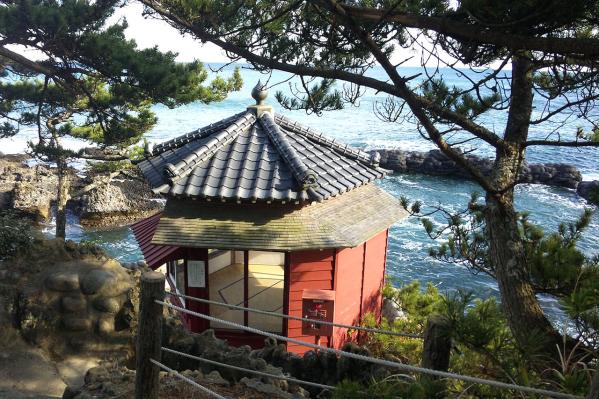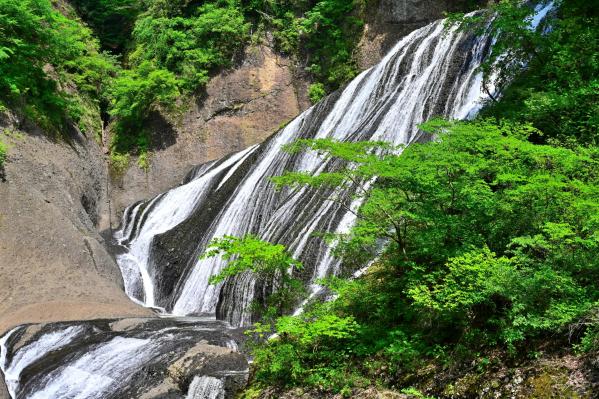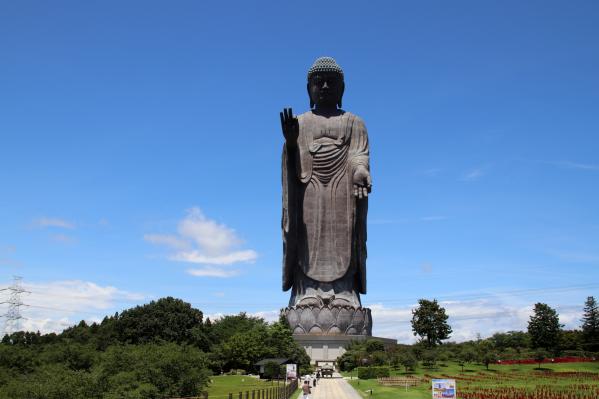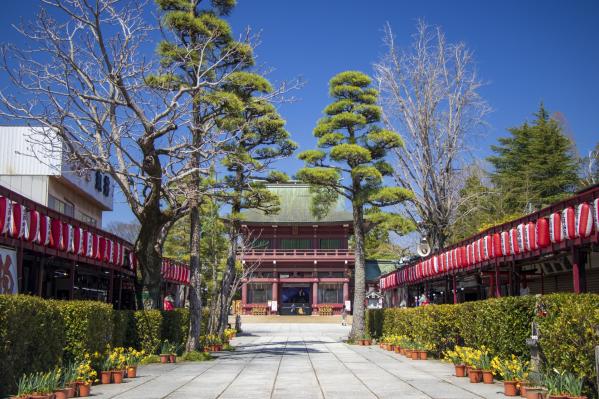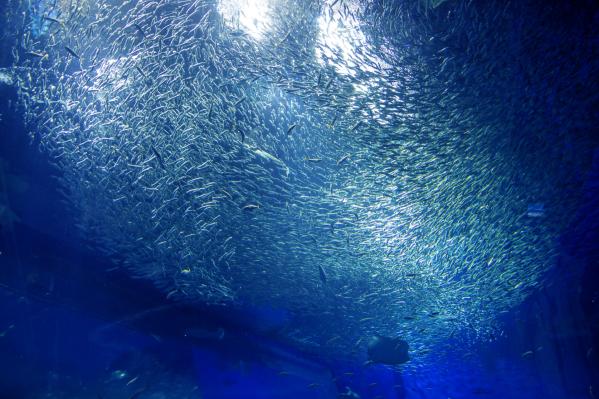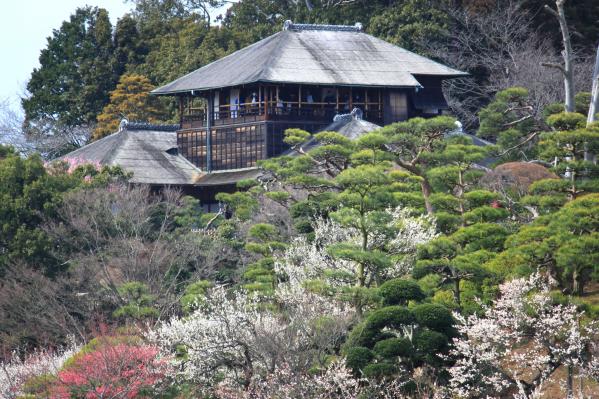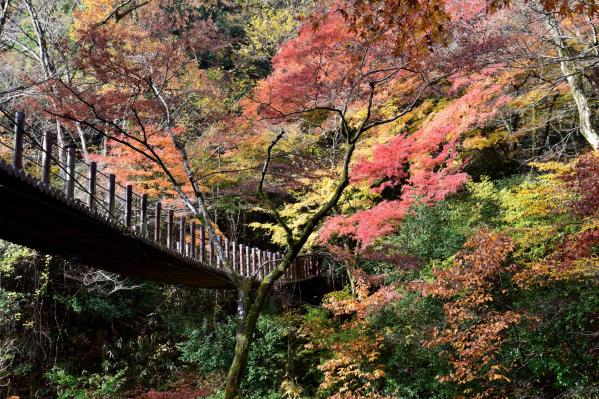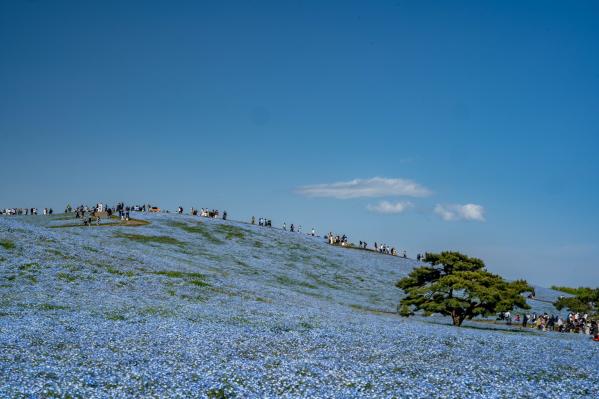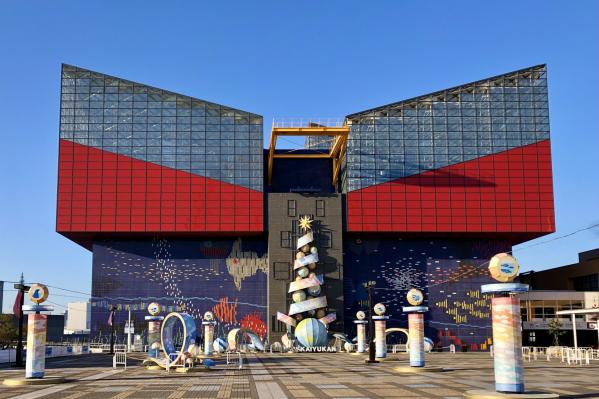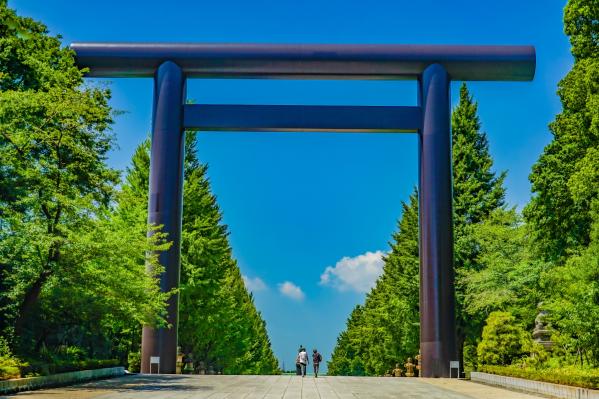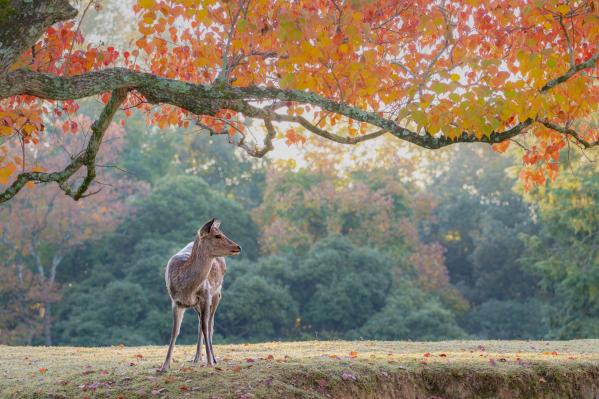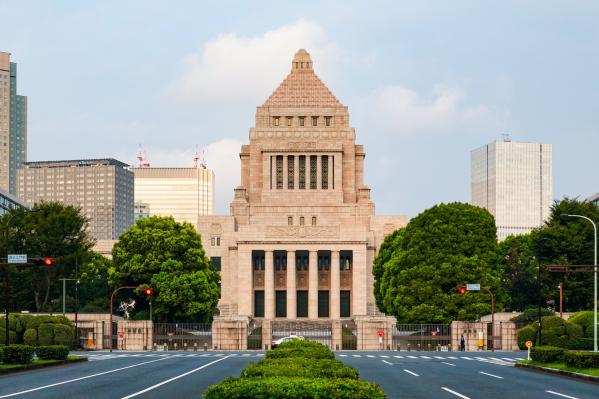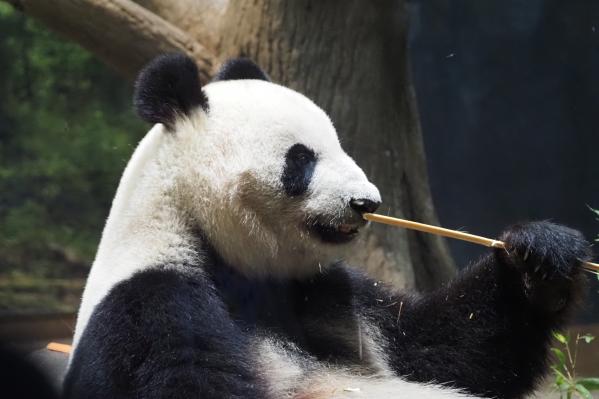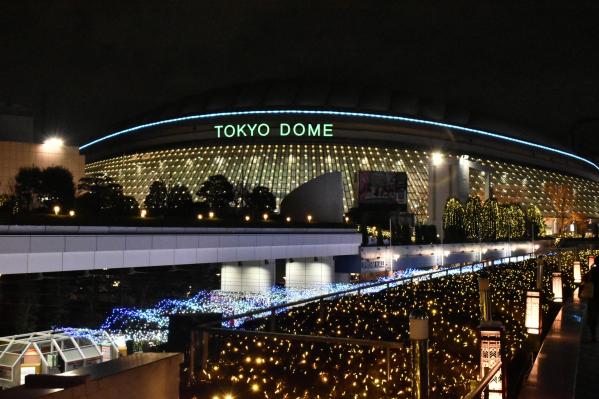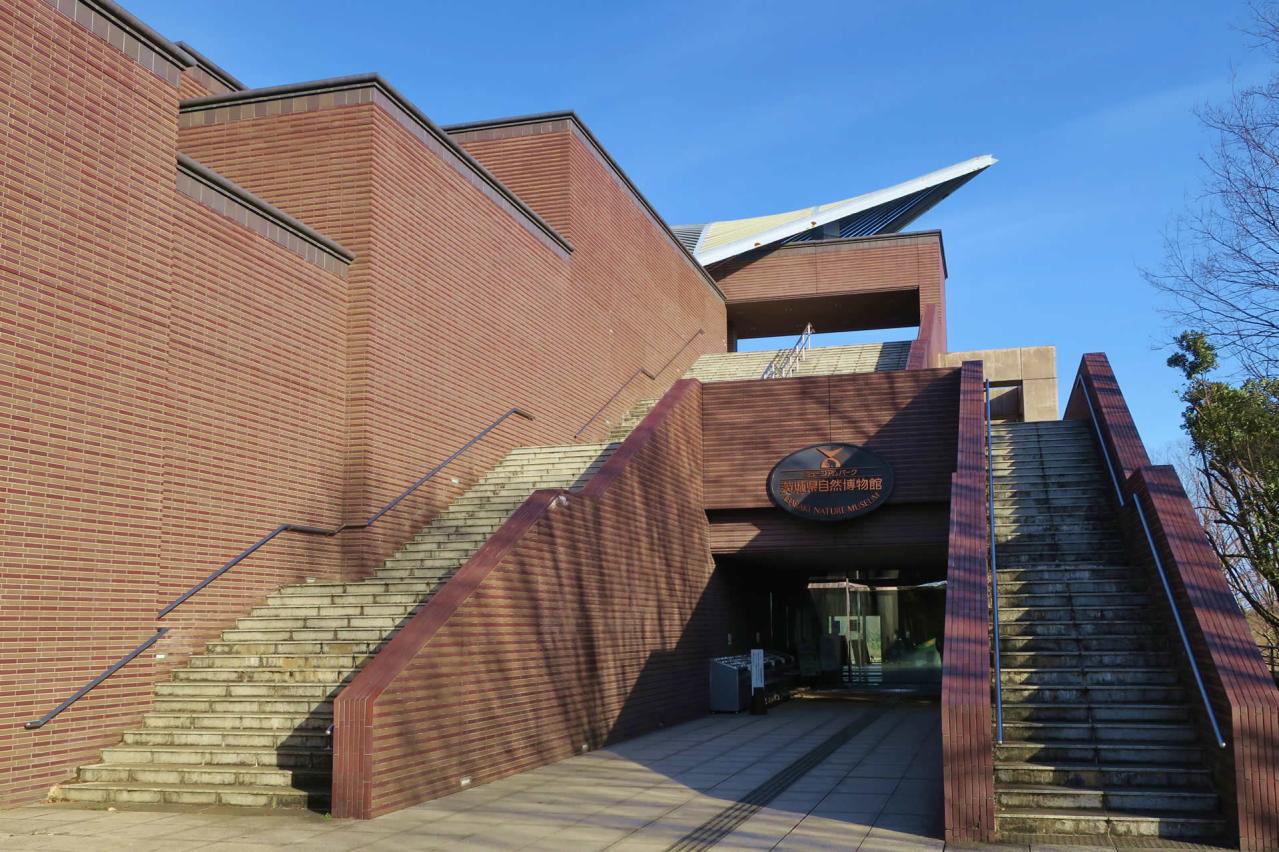
Museum Park Ibaraki Nature Museum
Basic Information
- Spot Name
- Museum Park Ibaraki Nature Museum
- Location
- 〒306-0622 700 Osaki, Bando City, Ibaraki Prefecture, Japan
- Access
- From Moriya Station on the Tsukuba Express, take the Kanto Railway Bus bound for Iwai Bus Terminal and get off at "Shizen Hakubutsukan Irigu."
- Parking
- Parking available for approximately 1,000 vehicles.
- Business Hours
- 9:30 AM to 5:00 PM (Last admission at 4:30 PM)
- Regular Holiday
- Mondays (the following day if Monday is a public holiday) and New Year's holidays (December 29 to January 1).
- Fees
- Regular Admission: Adults 610 yen, Seniors 70 years and older 300 yen; High School Students 380 yen; Elementary and Middle School Students 110 yen.
- Contact Information
- Phone Number: 0297-38-2000
- Official Website
Map
Detailed Information
The Museum Park Ibaraki Nature Museum is one of Japan's largest nature experience museums, located alongside the Sugao Pond, which is one of the largest natural environment conservation areas in Ibaraki Prefecture. Covering approximately 15.8 hectares (equivalent to about 3.5 Tokyo Domes), the museum's fundamental philosophy is "to learn from the past, to understand the present, and to measure the future," allowing visitors to enjoy learning about the relationship between nature and humanity. It opened in 1994 as a comprehensive social education institution related to nature rooted in the local environment of Ibaraki.
Inside, the museum consists of six exhibition rooms, including five permanent exhibition halls and a special exhibition room, showcasing a comprehensive introduction to the mysteries of the universe, the formation of the Earth, the evolution of life, and the relationship between humans and nature. At the entrance, visitors are greeted by the world-famous Steppe Mammoth "Sungari River Mammoth," a giant sauropod "Nuoer Dragon," and the "Metasequoia," referred to as a "living fossil," thanks to collaboration with its sister museum, the Inner Mongolia Museum in China. These exhibits symbolize the "past" and allow guests to feel the grandeur of Earth's history.
In the first exhibition room, "Evolving Universe," visitors learn about the mysteries of the universe through galaxies, planets, and meteorites, experiencing the solar system and the terrain of Mars. The second exhibition room, "The Origins of Earth," traces the history from the formation of rocks, minerals, and fossils to the evolution of life. In the third exhibition room, "The Mechanisms of Nature," the ecology of organisms living in diverse environments such as forests, wetlands, and seas is introduced through dioramas and live exhibits. The fourth exhibition room, "The Mechanisms of Life," explains the mechanisms of life and reproduction through skeletons and insect specimens. In the fifth exhibition room, "Humans and the Environment," visitors learn about environmental changes due to human activities, endangered species issues, and environmental conservation efforts.
The outdoor facilities serve as a venue for experiential learning in nature, featuring a variety of environments such as a mixed forest, paddy fields, and a tree sample garden. Visitors can enjoy diverse fieldwork, such as observing wetland plants and aquatic organisms at "Dragonfly Pond" and experiencing ancient lifestyles at "Ancient Plaza." Additionally, the precious civil engineering heritage "Sorimachi Lock Bridge," built in the Meiji era, is another highlight. Crossing the pedestrian-exclusive "Sugao Pond Interaction Bridge" leads to the experiential learning facility "Mizukaido Asunaro no Sato."
Special exhibitions held 3 to 4 times a year are also popular, featuring captivating themes like the ecology of giant squids and dinosaur research. The museum serves as a "place of learning and discovery," coexisting with nature and collaborating with the community, making it a beloved institution for a wide range of generations, from children to adults.
Museum Park Ibaraki Nature Museum Movies
Ibaraki Tourist Attractions
View ListFukuroda Falls
Fukuroda Falls is one of Japan's three major waterfalls, located in Daigo Town, Ibaraki Prefecture. It boasts a height of approximately 120 meters and a width of abo...
Ushiku Daibutsu (Great Buddha)
The Ushiku Daibutsu (officially known as Ushiku Amida Buddha), located near the Ami-Higashi Interchange on the Ken-O Expressway, presents a colossal figure that boas...
Kasama Inari Shrine
One of Japan's three major Inari shrines, Kasama Inari Shrine, is located in Ibaraki Prefecture and boasts a history of over 1,360 years since its establishment in 6...
Aqua World Ibaraki Prefectural Oarai Aquarium
Aqua World Ibaraki Prefecture Oarai Aquarium boasts the highest number of shark species in Japan, featuring about 580 species and 68,000 marine creatures on display ...
Kairakuen Garden
Kairakuen is one of Japan's three famous gardens, alongside Kenrokuen in Kanazawa and Korakuen in Okayama. Opened in 1842 by the 9th lord of the Mito domain, Tokugaw...
Hananuki Gorge
Hanamaki Gorge is a famous spot for autumn leaves located in Takahagi City, Ibaraki Prefecture. The beautiful scenery extends from Hanamaki Dam to Meibari-guchi and ...
Hitachi Seaside Park
The National Hitachi Seaside Park is a magnificent park that spans approximately 215 hectares and captivates visitors with seasonal flowers throughout the year. In s...








